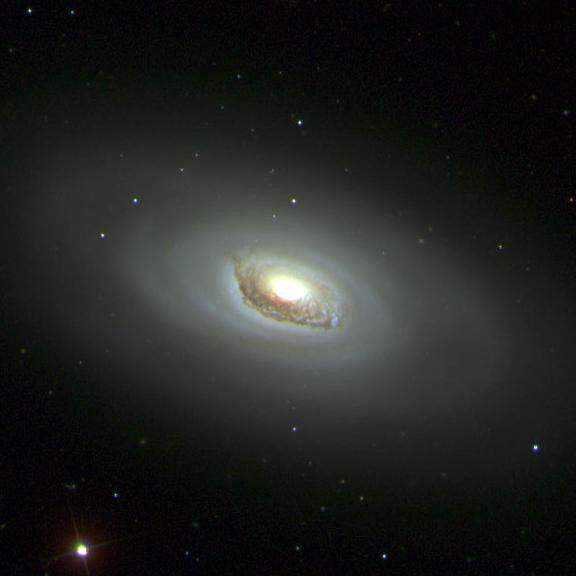Dark Energy Could Be Stunting Growth Of Universe, Says Study

Dark matter, believed to make up more than 85 % of matter in the universe, is being vanquished by dark energy, says a new study.
Researchers at the Universities of Portsmouth and Rome used astronomy data to argue that dark energy is winning the race as it interacts with dark matter and slows the growth of the universe.
The findings appear in the journal Physical Review Letters, published by the American Physical Society.
Professor David Wands, Director of Portsmouth's Institute of Cosmology and Gravitation says: "If the dark energy is growing and dark matter is evaporating we will end up with a big, empty, boring Universe with almost nothing in it."
Since the discovery that the universe has been expanding at an accelerating rate, astronomers have favoured a standard model in which dark energy is a constant throughout space-time. The simplest explanation for the acceleration was that empty space had an energy density that was a cosmological constant.
The new study which sought to understand a slowing down of cosmic growth now talks of an energy transfer between dark energy and dark matter.
Research students examined data from a number of astronomical surveys, including the Sloan Digital Sky Survey, and used the growth of structure revealed by these surveys to test different models of dark energy.
Professor Wands said: "Much more data is available now than was available in 1998 and it appears that the standard model is no longer sufficient to describe all of the data. We think we've found a better model of dark energy.
"Since the late 1990s astronomers have been convinced that something is causing the expansion of our Universe to accelerate. The simplest explanation was that empty space – the vacuum – had an energy density that was a cosmological constant. However, there is growing evidence that this simple model cannot explain the full range of astronomical data researchers now have access to; in particular the growth of cosmic structure, galaxies and clusters of galaxies, seems to be slower than expected."
Galaxies in our universe are rotating at such speeds not explained by visible mass. Dark matter is what holds the universe together. Without accounting for this "invisible" force much of the universe would have spun away its material.
Invisible to radiation, dark matter is only perceived from invisible effects like gravity or from the results of its interaction with matter.
Scientists think that dark matter particles were among those created in the Big Bang that have persisted 14 billion years hence, thanks to their stability.
A certain clumpiness to dark matter particles, wherein they trap gas and dust required for star formation, is what kick-started galaxy formation.
© Copyright IBTimes 2025. All rights reserved.





















